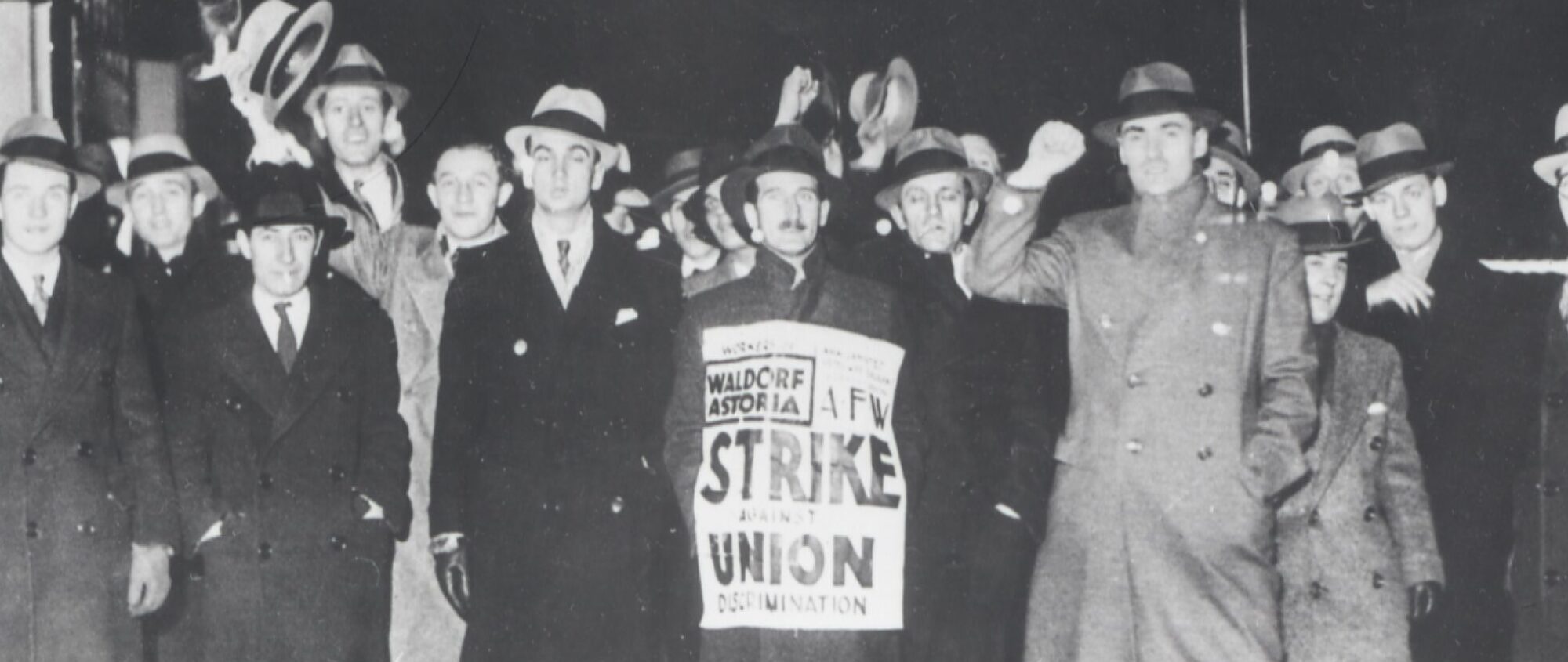This…Is…Picket Line Jeopardy!
Watching Jeopardy! is one of my daily rituals. But it still doesn’t sit right with me that Ken Jennings won the gig of exclusive host by crossing a picket line.
Recently a decades-old clip of Jennings making a vaguely populist gibe against corporate bosses made the rounds on social media, prompting a lot of “Based Ken” replies. Like a true Debbie Downer, I felt compelled to point out that “Nevertheless, the only reason he’s the sole host of Jeopardy is that he crossed the Writers Guild picket line when Mayim Bialik would not.”

Most of the responses I’ve received were intellectually lazy and dishonest. I’m not going to respond 299 characters at a time, so I’m firing up the old blog.
What most of the posts defending Jennings’ picket line crossing really boil down to is that people on the left hated Mayim Bialik. She’s a Zionist, vaccine skeptic with weird “mommy” politics. I’ll be honest. When she and Jennings split the hosting duties from 2021-2023, I kinda liked her infectious enthusiasm for the contestants and found his ESPN-style commentary about game play and betting (plus his obvious love for incessant tournaments of repeat contestants) to be slightly irksome. Continue reading “This…Is…Picket Line Jeopardy!”
VIDEO: On Rick Smith Show Discussing “We Always Had a Union”
LaGuardia: the pro-union mayor: Today’s City Hall contenders must follow Fiorello’s labor agenda
In New York’s mayoral election, plenty of candidates claim to be the anti-Trump. But, when it comes to protecting workers’ rights and reducing economic inequality, the better question is who will be the neo-LaGuardia. The “Little Flower” served as the city’s mayor from 1934 to 1945. A Republican, Fiorello LaGuardia was an aggressive advocate for egalitarian and anti-corruption New Deal policies, particularly in support of working New Yorkers at a time when the ambitions of the federal government remained limited.
An example: In 1934, newly elected Mayor Fiorello LaGuardia watched a citywide hotel strike drag on for a second month, and determined to find an amicable settlement for the workers. The industry, represented by the Hotel Association, sparked the strike by firing union activists who refused to join a company union.
The federal government’s untested mediators saw their job as getting the strikers back to work; nothing more, nothing less. The hotel bosses doubted the feds even had that authority, and steadfastly refused to negotiate with their workers’ chosen representatives.
The mayor responded by siccing the city’s health inspectors on the picketed hotels, producing 600 summonses in 48 hours, embarrassing the bosses and humiliating the scabs (who were forced to line up and drop their pants for mandatory hernia exams). The strike ended the following week.
The Right Believes It Has the Supreme Court Votes to Entirely Overturn Labor Law
The foundational 1935 labor law protecting workers is unconstitutional, according to major corporations and right-wing zealots who believe they have enough votes on the Supreme Court to overturn it. In the latest sign that anti-union forces will doggedly press the matter, a federal judge for the Northern District of Texas enjoined the National Labor Relations Board (NLRB) from processing any allegations of employer violations of workers’ rights. The National Review hailed the decision as “A Welcome Blow to the NLRB.” Continue reading “The Right Believes It Has the Supreme Court Votes to Entirely Overturn Labor Law”
